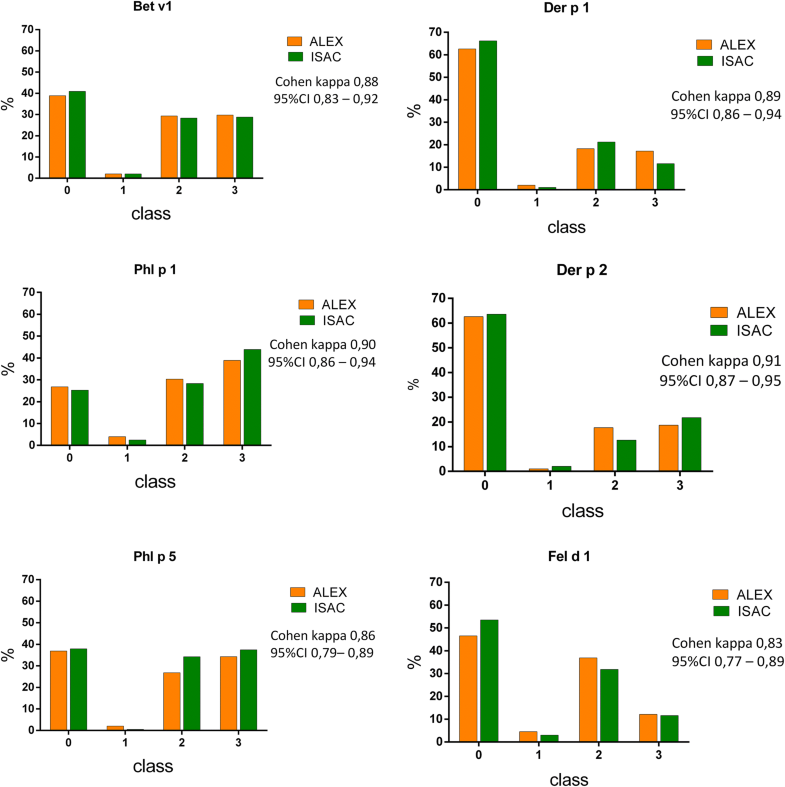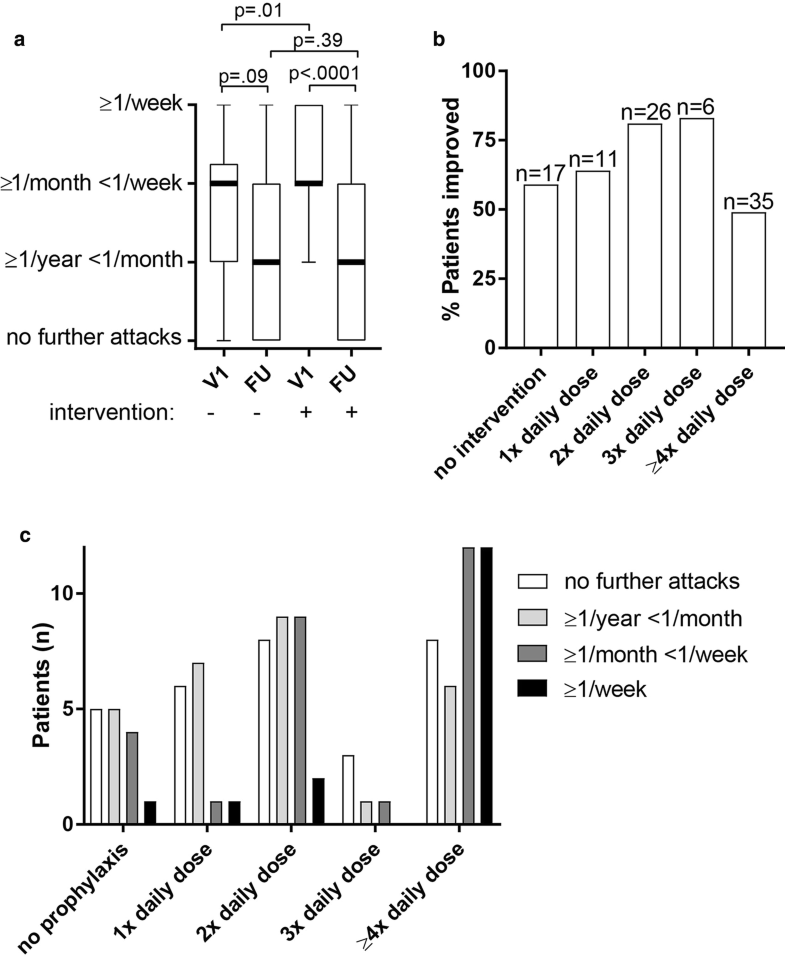- Clinical and Translational Allergy
- Research
- OPEN
Clinical and Translational Allergy 9, Article number: 37 (2019)
Abstract
Background
Hereditary angioedema with C1 inhibitor deficiency (C1-INH-HAE) is characterized by recurrent swelling in subcutaneous or submucosal tissues. Symptoms often begin by age 5–11 years and worsen during puberty, but attacks can occur at any age and recur throughout life. Disease course in elderly patients is rarely reported.








